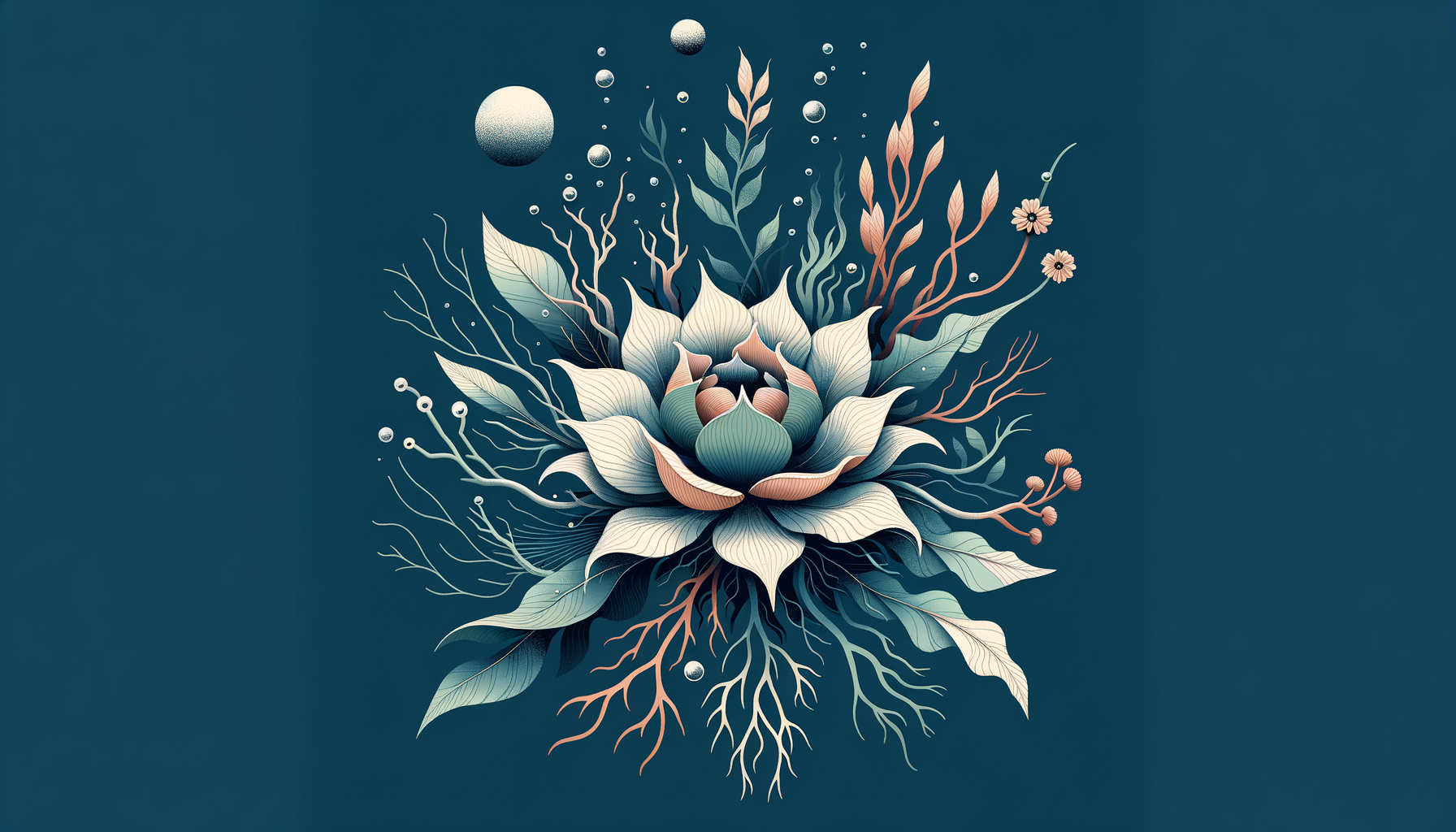I remember staring at the blinking cursor on my laptop screen, feeling more intimidated than the time a surfer asked for my number mid-wave (true story, and no, I didn’t text him back). Writing comes naturally to me most days—it flows like the tide, steady and predictable. But this? This felt like trying to piece together a sea urchin I’d accidentally stepped on. Painful, scattered, and absolutely terrifying. The hardest piece I’ve ever written wasn’t about conservation or heartbreak; it was about love.
We’re not talking about “Hallmark card” love either. This was real, wrinkled, imperfect love—the kind of love that’s less about butterflies and more about building something lasting in messy, unpredictable tides. This wasn’t a topic I could just dip my toes into—I had to plunge headfirst into my personal history, insecurities, and everything I thought I knew about connection. Funny thing is, that daunting piece not only changed my approach to writing, but it also taught me a thing or two about living authentically and choosing vulnerability over perfection.
The Set-Up: A Love Letter to Risk
Writing about relationships might sound simple—it’s everywhere, from song lyrics to sitcoms. But the deeper you wade in, the scarier it gets. Relationships are nuanced, deeply personal, and let’s be honest, a little messy. It’s like tide-pooling: from the surface, everything looks calm and clear, but peer closer, and there’s an entire world of vibrant creatures with pincers, secrets, and complexities.
When an editor first floated this assignment—the kind where I’d need to bare my soul in addition to offering straightforward advice—I thought back to the mantras I grew up with in La Jolla. My mom, the marine biologist, always said, “All creatures defend what’s softest.” Crabs use their shells, sea anemones sting, and humans? We’re pros at building invisible barriers to protect our hearts. My instinct was to armor up. After all, who was I to position myself as an expert when my own dating history involved a string of beach bonfire meet-cutes that fizzled out faster than wet driftwood?
But here’s the thing about relationships (and, apparently, writing about them): the only way forward is to actually go there. To dive in before you feel “ready.” Spoiler alert: you’re never really ready.
The Wrestle: Vulnerability is the New Black (But Ugh, It’s Itchy)
The process of writing that piece required real openness, the kind that makes you cringe so hard you want to crawl into a pool noodle and float away. I had to unpack the time I tried to “play it cool” in my early twenties, dating someone whose personality clashed with mine so vividly, our date night conversations felt like speaking different dialects of sea lion. Or that time I ghosted someone by pretending to lose my phone (immature, I know—I still cringe thinking about it).
Each memory I shared in that article felt like peeling back layers of sunburn on a summer day. At first, I didn’t want to engage with my less polished moments. Who would want advice from someone whose greatest dating accomplishment was splitting nachos while avoiding a second date? But as I began to explore those missteps, something shifted.
I realized we all have our shells. For me, it’s a blend of humor, retreating into stories, and deflecting hard truths. But relationships (and by proxy, good writing about them) require dropping the armor, risking awkwardness, and laughing through the discomfort. They ask you to show your soft belly, if only for a moment, and see who sticks around.
The Breakthrough: Why It Felt Impossible (and Why That’s Exactly Why I Had to Do It)
One particularly frustrating afternoon, staring at my half-finished draft, I walked down to my favorite beach in La Jolla—the one with tide pools that stretch forever at low tide. I needed perspective. There’s something about watching hermit crabs roll with the surf or seaweed sway in chaotic currents that helps clarify things.
I realized I’d been clinging to the idea of perfection. Not just in the article, but in relationships too. Growing up surrounded by endless ocean horizons and pristine views, you subconsciously expect life to stay just as picturesque—and heartbreak or awkward missteps feel like flaws disrupting the dream. But the tide pools reminded me: beauty is in the broken edges, the tussles between waves and rocks. Strength, like coral growing against the pull of the sea, comes from embracing what’s messy and rough.
So, I rewrote the article—not as Julianne-who-needs-to-seem-like-an-authority, but as Julianne-who-is-figuring-it-out-alongside-you. I turned the misfires of my own love life into teachable moments and discovered that admitting mistakes (even the embarrassing ones, like sending “u up?” texts after too much rosé) made the piece—and my own outlook—stronger.
What It Taught Me (and Can Teach You Too)
At the heart of writing that monster of an article was the overarching lesson: relationships aren’t about striving for perfection. They’re about presence. Whether it’s about showing up for someone else or showing up for yourself, you can’t fake it. Connection thrives in honesty, intention, and a willingness to keep trying, even when it feels as impossible as outrunning a rip current.
Here are a few truths I’ve come to hold onto—and that piece reflected in ways I didn’t anticipate:
- Accept the ebb and flow. Like tides, relationships have their highs and lows. Don’t mistake a rough patch for doom. Growth happens in cycles.
- Leave the performances behind. Real love (and real connection) starts when you ditch the charade. Pretending you’re breezy when your feelings are hurt is as effective as pretending you’re fluent in whale song—confusing and unproductive.
- Normalize messing up. Forget the curated Instagram-feed version of romance; we’re all fumbling around, spilling coffee on first dates or accidentally insulting someone’s favorite band. Own it, laugh about it, and move forward.
- Lean in even when it’s hard. Whether it’s love or creativity, risk is a requirement. For connection to thrive, you have to be willing to push past discomfort.
Closing Thoughts: A Love Letter to the Hard Stuff
In the end, writing the hardest piece of my career wasn’t just an exercise in storytelling—it was a life lesson in disguise. It reminded me that sharing your truth—flaws, cringe moments, heartbreaks, and all—isn’t just cathartic; it’s magnetic. It pulls people toward you because the things you think make you unlovable are actually the things that make you real.
So, if you’re sitting on the verge of something hard—whether it’s confessing a crush, mending a friendship, or writing the modern-day manifesto on love—know this: the only way to do it is to dive in. Sure, you might scrape up against a few jagged rocks on the way down, but you’ll also find textures and treasures that would’ve stayed hidden otherwise.
And hey, even if your “hardest piece” doesn’t change the world (or stop traffic on social media), it’ll change you. And that’s worth every awkward pause, every stumble, every vulnerable reveal. Who knew the scariest thing to write about would also become the most freeing?




















